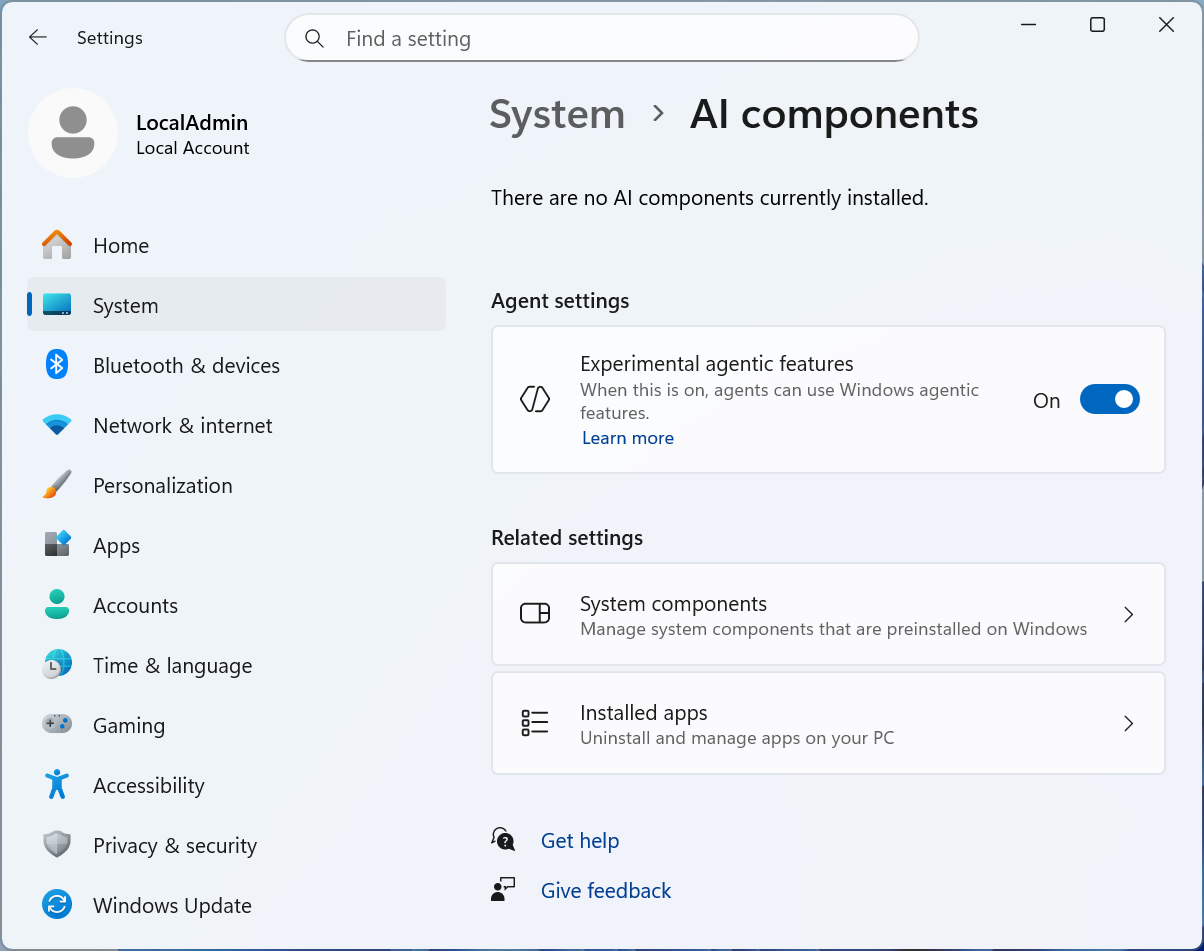Introduction to Chinese AI Innovation
Chinese AI innovation is reshaping the global technology landscape, challenging assumptions about Western dominance in advanced computing. Recent developments from companies like DeepSeek illustrate how quickly China has adapted to and overcome international restrictions through creative approaches to AI development. According to Lee Kai-fu, CEO of Chinese startup 01.AI and former head of Google China, the gap between Chinese and American AI capabilities has narrowed dramatically.
The Rise of DeepSeek
DeepSeek has emerged as the poster child for this new wave of Chinese AI innovation. On January 20, 2025, as Donald Trump was inaugurated as US President, DeepSeek quietly launched its R1 model. The low-cost, open-source large language model reportedly rivals or surpasses OpenAI’s ChatGPT-4, yet was developed at a fraction of the cost. What makes DeepSeek’s achievements particularly significant is how they’ve been accomplished despite restricted access to the latest silicon. Rather than being limited by US export controls, Chinese AI innovation has flourished by instead focusing on algorithmic efficiency and novel approaches to model architecture.
Algorithmic Efficiency Over Hardware Superiority
Different aspects of this innovative approach were demonstrated further when DeepSeek released an upgraded V3 model on March 25, 2025. The DeepSeek-V3-0324 features enhanced reasoning capabilities and improved performance in multiple benchmarks. The model showed particular strength in mathematics, scoring 59.4 on the American Invitational Mathematics Examination (AIME) compared to its predecessor’s 39.6. It also improved by 10 points on LiveCodeBench to 49.2. Häme University lecturer Kuittinen Petri noted on social media platform X that “DeepSeek is doing all this with just [roughly] 2% [of the] money resources of OpenAI.”
Market Reactions and Global Impact
The financial markets have noticed the shift in the AI landscape. When DeepSeek launched its R1 model in January, America’s Nasdaq plunged 3.1%, while the S&P 500 fell 1.5% – an indication that investors recognise the potential impact of Chinese AI innovation on established Western tech companies. The developments present opportunities and challenges for the broader global community. China’s focus on open-source, cost-effective models could democratise access to advanced AI capabilities for emerging economies. Both China and the US are making massive investments in AI infrastructure. The Trump administration has unveiled its $500 billion Stargate Project, and China projects investments of more than 10 trillion yuan (US$1.4 trillion) in technology by 2030.
Supply Chain Complexities and Environmental Considerations
The evolving AI landscape creates new geopolitical complexities. Countries like South Korea highlight the situation. As the world’s second-largest producer of semiconductors, Korea became more dependent on China in 2023 for five of the six most important raw materials needed for chipmaking. Companies like Toyota, SK Hynix, Samsung, and LG Chem remain vulnerable due to China’s supply chain dominance. As AI development accelerates, environmental implications also loom. According to the think tank, the Institute for Progress, maintaining AI leadership will require the United States to build five gigawatt computing clusters in five years. By 2030, data centres could consume 10% of US electricity, more than double the 4% recorded in 2023.
The Path Forward in AI Development
DeepSeek’s emergence has challenged assumptions about the effectiveness of technology restrictions. As Lee Kai-fu observed, Washington’s semiconductor sanctions were a “double-edged sword” that created short-term challenges but ultimately forced Chinese firms to innovate under constraints. Jasper Zhang, a mathematics Olympiad gold medalist with a doctoral degree from the University of California, Berkeley, tested DeepSeek-V3-0324 with an AIME 2025 problem and reported that “it solved it smoothly.” Zhang expressed confidence that “open-source AI models will win in the end,” adding that his startup Hyperbolic now supports the new model on its cloud platform. Industry experts are now speculating that DeepSeek may release its R2 model ahead of schedule.
Conclusion
The rapid advancement of Chinese AI innovation, as exemplified by DeepSeek, signifies a pivotal moment in the global technology landscape. The shift towards algorithmic efficiency and open-source models not only narrows the gap between Chinese and American AI capabilities but also presents both opportunities and challenges for the global community. As the world navigates the complexities of AI development, supply chain dependencies, and environmental considerations, one thing is clear: the future of AI will be shaped by the innovative approaches and strategic investments of nations like China and the US.
FAQs
- Q: What is DeepSeek, and how is it impacting the AI landscape?
A: DeepSeek is a Chinese AI company that has developed innovative AI models, including the R1 and V3 models, which rival or surpass Western counterparts like OpenAI’s ChatGPT-4, despite being developed at a fraction of the cost. - Q: How has China managed to narrow the gap in AI capabilities with the US?
A: China has focused on algorithmic efficiency and novel approaches to model architecture, allowing it to innovate despite restricted access to the latest silicon and US export controls. - Q: What are the potential global impacts of Chinese AI innovation?
A: Chinese AI innovation could democratise access to advanced AI capabilities for emerging economies, but it also creates geopolitical complexities and environmental concerns due to increased demand for computing power and raw materials. - Q: What does the future hold for AI development, especially concerning the competition between China and the US?
A: The future of AI will be shaped by innovative approaches, strategic investments, and the ability of nations to balance technological advancement with environmental and geopolitical considerations.











